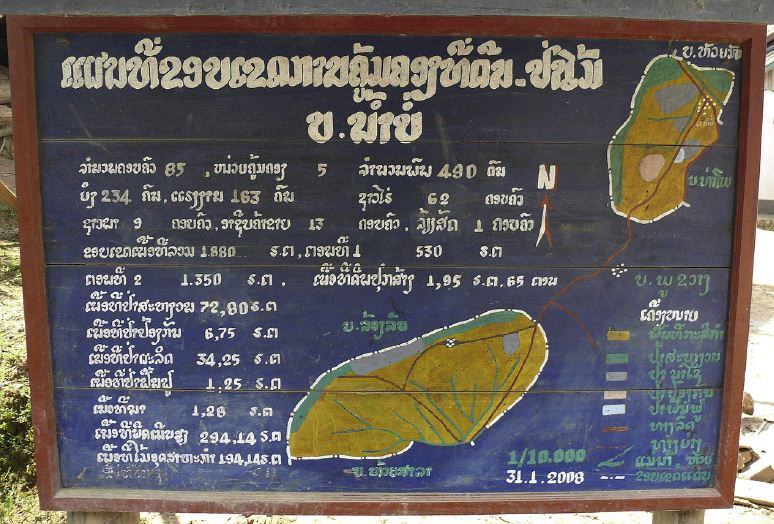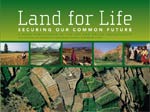Improving the Livelihoods of Pastoralist and Hunter-Gatherer Communities in Mongo wa Mono, Northern Tanzania through Payments for Ecosystem Services
This Project Information Note (PIN) outlines an initial application to the Plan Vivo Foundation for working with select pastoralist and hunter-gatherer communities in Mongo wa Mono village, Mbulu District, Northern Tanzania (34°30’/03°30’S).






